Ask A Dietitian: What Makes a Diet Heart-Healthy?
Have you noticed an uptick in social media posts on heart health lately? February is full of hearts thanks to Valentine's Day, but also thanks to the American Heart Association designating each February as National Heart Month to promote heart health by sharing information about heart disease like signs and symptoms, prevalence, and diet and lifestyle tips. Conditions related to heart disease like high blood pressure, atherosclerosis, heart attacks, and strokes are often seen in families, but heart disease also affects those without a genetic predisposition.
Incorporating more healthy habits related to diet, activity, and stress management to reduce risk of heart disease is beneficial for everyone, regardless of family history or current health status, and I've found that most people are familiar with general healthy eating guidelines like reducing saturated fat, sodium, and added sugar, and increasing fiber. Yet, many still struggle to implement the recommendations. I think this is because many equate a heart-healthy diet with bland, unsalted, fat-free foods. But bland, unsalted, fat-free foods are definitely not what my heart-healthy diet looks like.
My approach to a heart-healthy diet still revolves around those same guidelines, but it also relies on fresh ingredients, spices, herbs, a little creativity, and thinking beyond the black-and-white guidelines.
Here are my favorite tips for heart-healthy eating and meal planning. Happy National Heart Month!
1. Use vegetables and produce creatively, not just as a side dish or afterthought.
It's easy to get into a meal rut, but it's even easier to fall into a vegetable one! Consequently, many veggies can feel and taste more like obligatory afterthoughts. To prevent this, I like to experiment with new—sometimes unusual—ways to use vegetables, like this Cauliflower Salad with Tahini Dressing.
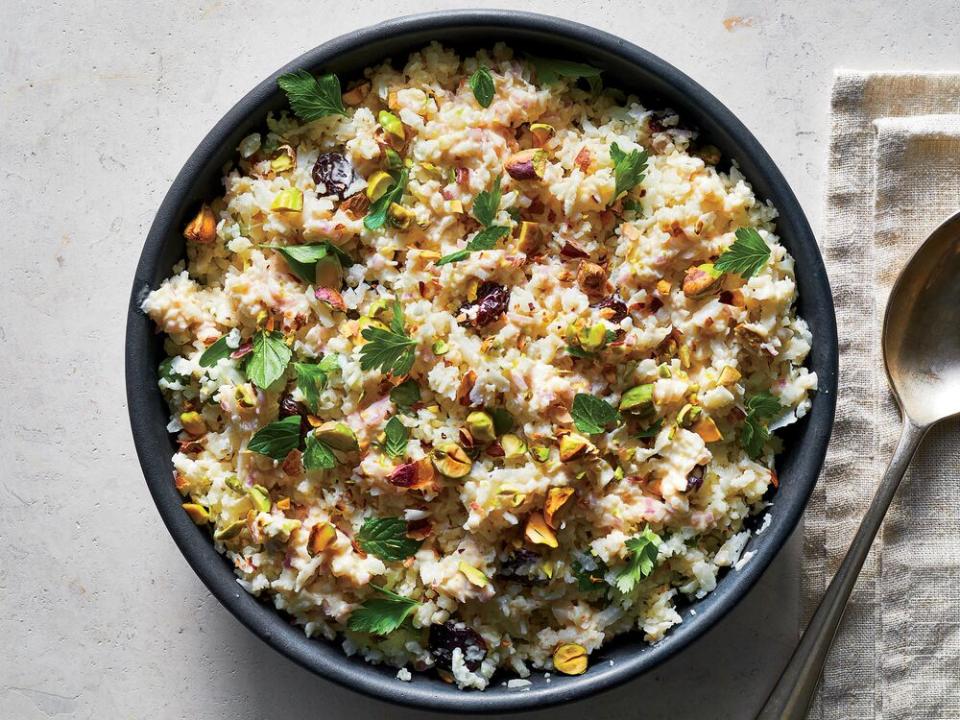
Schedule this recipe into your Cooking Light Diet meal plans! Subscribe today.
I also look for ways to build meals around produce. This Chicken-Quinoa Salad with Arugula and Pistachio is a great example: Just top leafy greens with warm whole grains and chicken.
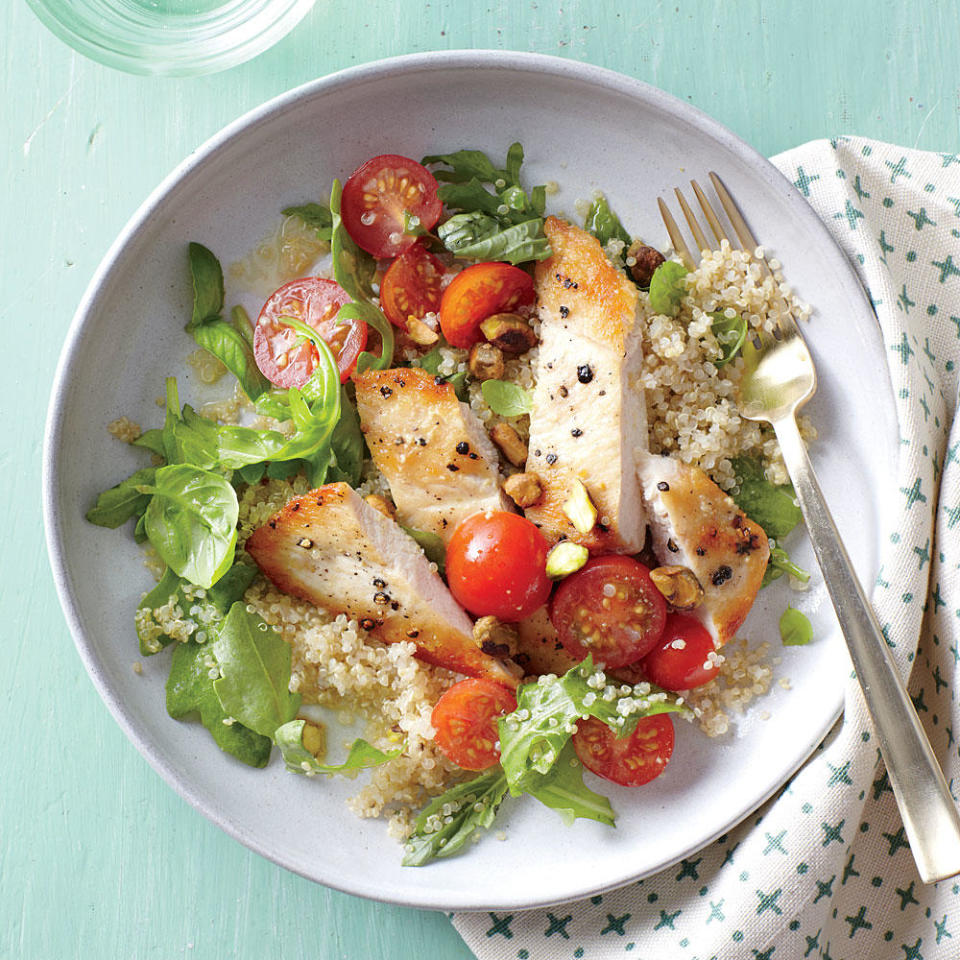
Schedule this recipe into your Cooking Light Diet meal plans! Subscribe today.
2. Slowly build a collection of seafood recipes that you can't wait to eat.
Omega-3s in fish can provide the body with an anti-inflammatory effect, which is why consuming fish twice weekly is a key part of a heart-healthy diet. But if you struggle to find new and different ways to prepare fish that'll make you excited about mealtimes, you're not alone. This is why I've slowly started building a collection of fish recipes, saving any that were a hit and discarding the others. Easy Pesto Salmon is one of my favorite for a quick family dinner.
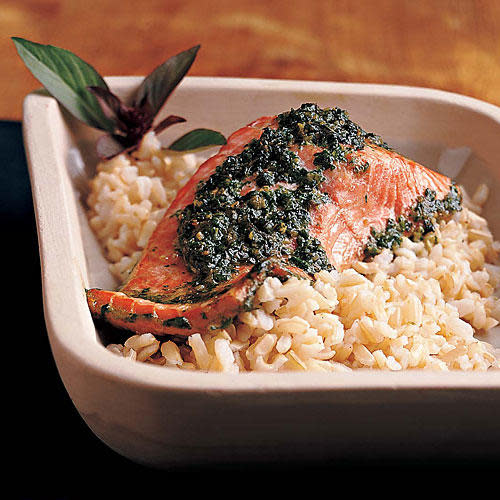
On weekends or when I'm entertaining, though, I like Roasted Halibut with Herb Salad and Bourbon-Glazed Salmon with Firecracker Slaw.
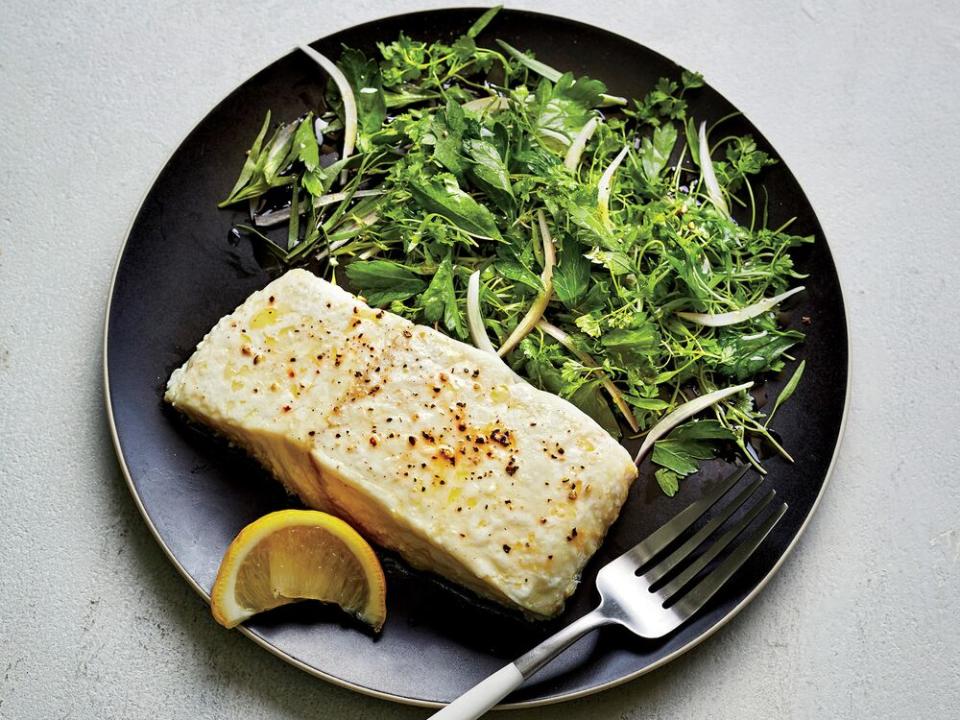
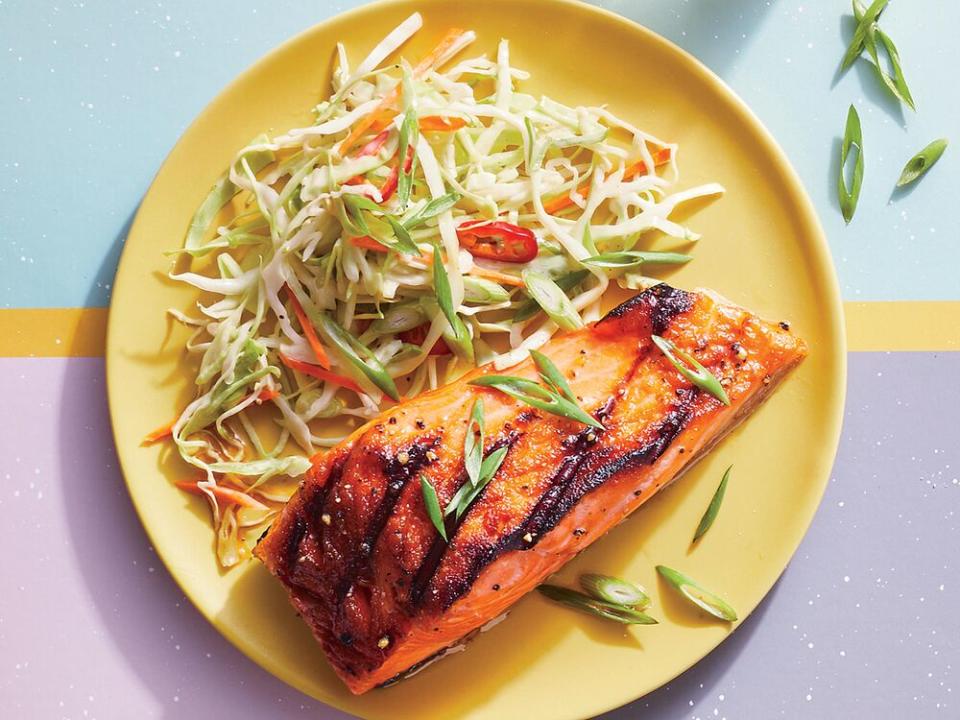
Schedule these recipes into your Cooking Light Diet meal plan! Subscribe today.
3. Incorporate spices, herbs, and seasonal produce so you get big-time flavor with less sodium.
Reducing sodium doesn't have to mean completely cutting salt from your diet. In fact, salt is an ingredient I use in most every recipe I make. But in order to do this, I have to minimize my overall salt intake and boost flavor other ways, by incorporating ingredients like garlic, spices, ginger, and fresh herbs. Add just a little garlic—or a combination of herbs and garlic—along with a dash of salt and pepper. A little salt goes a lot farther with other flavors present to help consume less sodium. Here are two great examples of recipes that showcase how powerful a touch of those spices can be: Garlic and Herb Oven Fries...

...and Black Pepper-Curry Chicken Sauté.
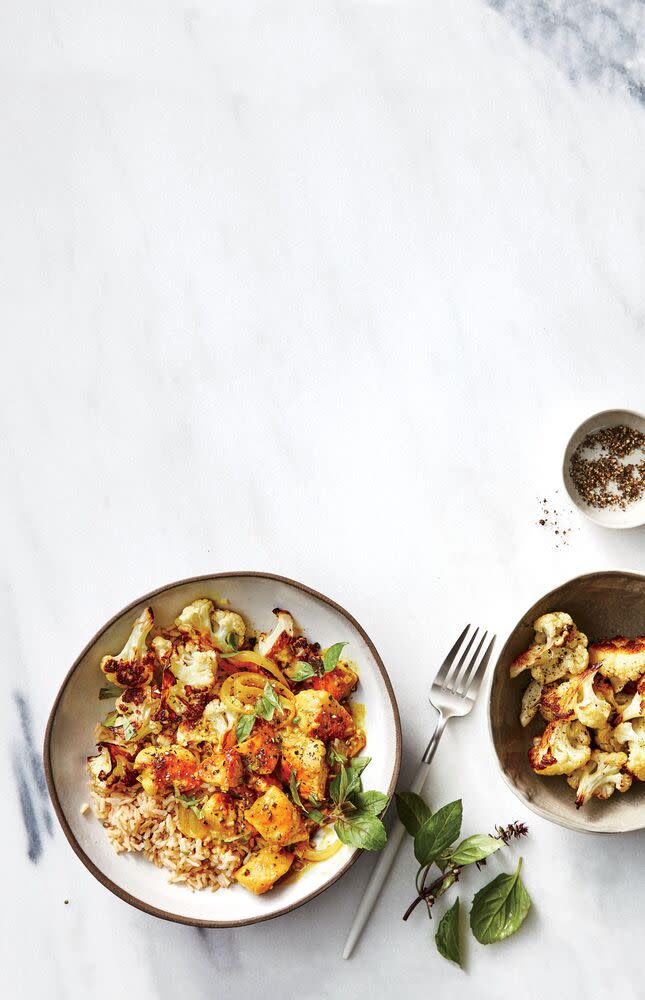
Schedule these recipes into your Cooking Light Diet meal plan! Subscribe today.
4. Look for ways to incorporate more plant-based proteins.
Eating more plant-based proteins helps minimize saturated fat, but it also boosts fiber intake since plant proteins like legumes, peas, whole grains, nuts and seeds are all great sources. Swapping animal proteins for a plant-based source—like the tofu in this Chinese Noodle Salad with Sesame Dressing—is an easy and delicious way to do this, but you don't have to cut all animal proteins out of your diet.

Look for ways you can start using slightly smaller amounts of animal proteins, like ground beef and sausage, by incorporating a plant protein like Herby Lentil-and-Sausage Soup does.

Schedule these recipes into your Cooking Light Diet meal plan! Subscribe today.
5. Avoid added sugar on a daily basis so you can enjoy carefree treats on occasion.
A heart-healthy diet used to focus strictly on fat, but we now know that sugar plays a significant role in heart disease, too. This doesn't mean you can't occasionally have dessert. Rather, make room for a sweet treat once or twice a month by cutting out daily added sugars and hidden added sugars in things like condiments, salad dressings, and cereals. A few simple swaps can significantly reduce overall added sugars and even allow splurges, so start being mindful of what those swaps would look like in your life. Here are a few of my go-to splurge recipes:

Double-Chocolate Cereal Treats
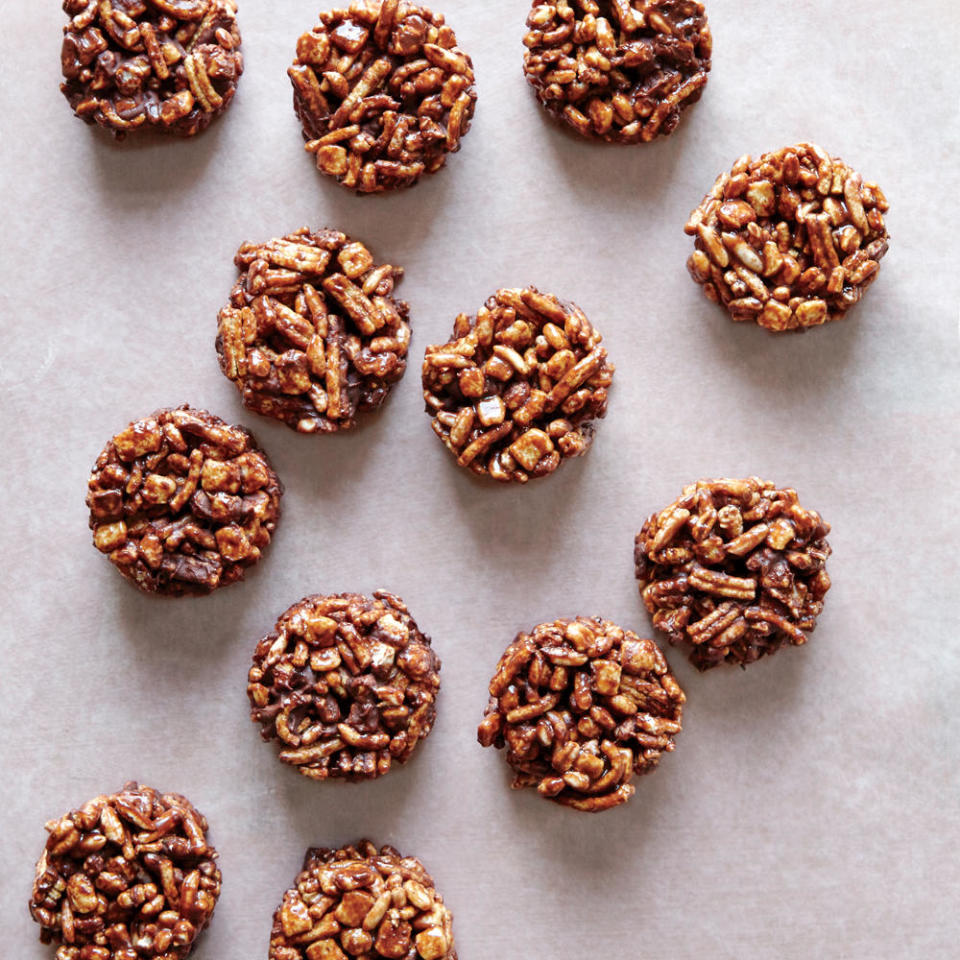

Make meal planning a cinch! Subscribe to the Cooking Light Diet today and receive customizable meal plans—breakfast, lunch, snack, and dinner—for less than $2 per week. Join here today.
Carolyn Williams, PhD, RD, is the author of Meals that Heal: 100+ Everyday Anti-Inflammatory Recipes in 30 Minutes or Less, and a culinary nutrition expert who specializes in simplifying food and nutrition information. She received a 2017 James Beard Journalism award, and her work is regularly featured in or on respective websites for Cooking Light, RealSimple, Parents, Health, EatingWell, Allrecipes, MyFitnessPal, eMeals, Rally Health, and the American Heart Association. You can follow on Instagram (@realfoodreallife_rd) or on carolynwilliamsrd.com.

